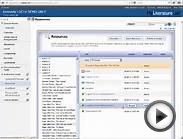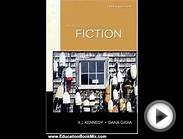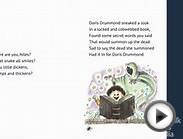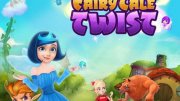Model Lessons
One set for a fiction book and one for a nonfiction book, a Model Lesson and its annotated examples of Role Descriptions, Bookmarks, and Journal Pages help you teach students how to perform new roles. Watch the How to Get Started with Literature Circles video.
Assessments
Two different resources help you determine how well students are performing in literature circles. You use the form to teach students how to monitor their own participation in groups. And you assess group participation yourself using an informal so that you can plan re-teaching or coaching.
About the Student Resources
Student Planneracts as the front and back cover for any Literature Circle Journal. It helps students stay organized and plan for each group meeting. Watch the Literature Circle Resources for Your Students video.
Role Tools
These resources become the cornerstone of literature circles. Role Descriptions can be used for whole class instruction on new roles or for re-teaching. Students use Bookmarks to jot notes as they read, and then they apply their thinking in writing using the Journal Pages. Journal Pages become their reference tools for when students participate in their group's discussion.
Self-Evaluation
engages students in planning how they'll participate in groups and in monitoring their own participation.
Susan K. Stewart, Ed.D.
 Susan resides in Massillon, Ohio, where she recently retired after 30 years in public education. She has been a classroom teacher, principal, supervisor, and curriculum consultant. Currently, Susan is an Assistant Professor in Early Childhood Education at Ashland University. Susan continues to work as a consultant providing professional development focused on implementing a research-based comprehensive, balanced approach for literacy instruction in the classroom.
Susan resides in Massillon, Ohio, where she recently retired after 30 years in public education. She has been a classroom teacher, principal, supervisor, and curriculum consultant. Currently, Susan is an Assistant Professor in Early Childhood Education at Ashland University. Susan continues to work as a consultant providing professional development focused on implementing a research-based comprehensive, balanced approach for literacy instruction in the classroom.
Action research in 4th through 8th grades using Reading A-Z books led to the development of the roles and protocols for successful implementation of literature circles. Teachers observed higher completion of assigned tasks, meaningful engagement in discussions, improved grades, and fewer discipline problems.
Source: www.readinga-z.com
You might also like:




|
Sideways Stories from Wayside School Novel Study Unit CD Office Product (The Teaching Bank)
|
Related posts:























